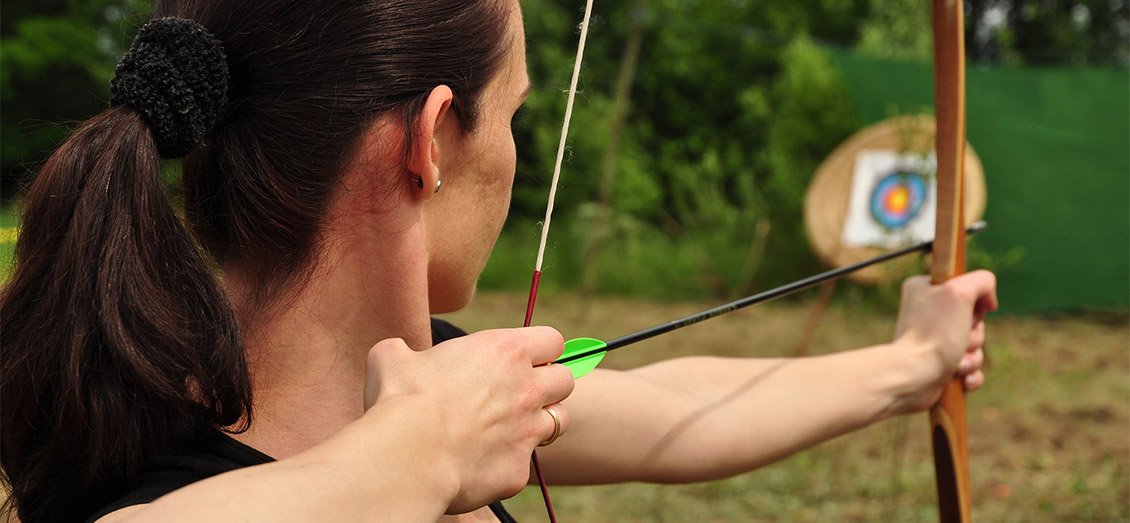It’s time to focus on accuracy
A critical part of taking charge of your diabetes journey is ensuring you use a highly accurate blood glucose monitoring system (BGMS) to measure your blood glucose levels. Self-monitoring of blood glucose is important, as it may help with self-management and medication adjustment, particularly when you take insulin.1 The use of an accurate BGMS makes it possible to minimise errors with decisions related to your food and medication.2

You should review your technique and results with your healthcare professional regularly, to ensure you are taking accurate readings and that changes to your care can be made quickly and effectively based on your blood glucose levels.1
Accuracy is key!
It is essential to use an accurate BGMS, so that you can feel confident that your blood glucose readings are correct. There is substantial variation in the accuracy of widely used blood glucose monitoring systems. In an independent study, only a third of 18 glucose meters met the accuracy requirements.3
What is hypoglycaemia?
According to the The National Institute For Health and Care Excellence (NICE) guidelines hypoglycaemia occurs when your blood glucose level drops below 4.0 mmol/L, and can range in severity depending on how low your blood glucose level falls.1
Preventing hypoglycaemia
When your blood glucose levels are low you may not always have symptoms. This is known as hypoglycaemia unawareness. To detect hypoglycaemia be sure to check your blood glucose levels.4 To lower your risk of hypoglycaemia you should:
- Eat meals and snacks on time and consume a healthy, balanced diet with the correct carbohydrates
- Check your blood glucose levels before, during and after physical activity
- Ensure you adjust your medication or carbohydrate intake based on your blood glucose levels and HCP advice
- Talk to your healthcare professional if you are regularly experiencing low blood glucose levels
Detecting and treating hypoglycaemia
It is important that you recognise the early warning signs and symptoms that occur when your blood glucose begins to drop too low. Please remember that every person is unique and can react differently.
Symptoms of hypoglycaemia include feeling shaky, sweating, feeling hungry, blurred vision, tiredness, dizziness and a headache.4 If you experience any of these symptoms you should:
- Check your blood glucose levels4
- If your blood glucose is below target, promptly eat or drink 15 grams of a fast-acting carbohydrate (for example 3-4 glucose tablets or fruit juice).4
-
Wait 15 minutes, and then re-check your glucose level. If your blood glucose reading is under the critical level you have established with your healthcare professional, follow medical advice immediately. 4,5
When looking for a meter for blood glucose monitoring, the CONTOUR®NEXT system has been shown to deliver highly accurate results,5 which is important if you have a history of severe hypoglycaemia or regularly experience low blood glucose levels. An accurate meter will help you detect and properly manage hypoglycaemia and assist you to keep your blood glucose levels stable.6
What’s different about the CONTOUR®NEXT system?
The CONTOUR®NEXT system makes blood glucose monitoring simple and produces highly accurate results.5 Our system:
-
Is ready to test right out of the box and easy to use
-
Is highly accurate5
-
Provides Second-Chance® sampling which prompts you to apply more blood to the same test strip when the first sample is not enough5
-
Offers unique smartLIGHT® feature, letting you know if your readings are above, below or within the target range
-
The easy-to-use CONTOUR®DIABETES app effortlessly logs your blood glucose levels from a CONTOUR® connected meter when synchronised—eliminating the need for a manual logbook. Visit the app stores to download:
Have you used any of our CONTOUR® products before? We’d love to get your feedback by emailing us at diabetessupport@ascensia.com. If you have not used any of our blood glucose meters yet, apply for a free meter here.
Stay tuned for our next update, which will be focused on understanding the benefits of Second-Chance® sampling with the CONTOUR®NEXT meter!
The information brought to you by Ascensia Diabetes Care Ireland Ltd. provides general information. It is not intended to be used as medical advice, diagnosis or treatment and should not replace the advice of your healthcare professional. Always speak to your healthcare professional prior to making changes to your diet, exercise or treatment.
References
1. https://bnf.nice.org.uk/treatment-summary/hypoglycaemia.html
2. Pardo S et al. Accuracy Beyond ISO: Introducing a New Method for Distinguishing Differences Between Blood Glucose Monitoring Systems Meeting ISO 15197:2013 Accuracy Requirements J Diabetes Sci Technol. 2018;12:650–656.
3. Klonoff DC et al. Investigation of the Accuracy of 18 Marketed Blood Glucose Monitors Diabetes Care 2018;41(8):1681–1688.
4. National Institute of Diabetes and Digestive and Kidney Diseases. Low Blood Glucose (Hypoglycemia). 2016. [Internet, accessed February 2021]. Available from: https://www.niddk.nih.gov/health-information/diabetes/overview/preventing-problems/low-blood-glucose-hypoglycemia
5. CONTOUR®NEXT BGMS User Guide.
6. Heinemann L et al. Performance of Blood Glucose Meters in the Low-Glucose Range Diabetes Care 2015;38(9):e139-40.
